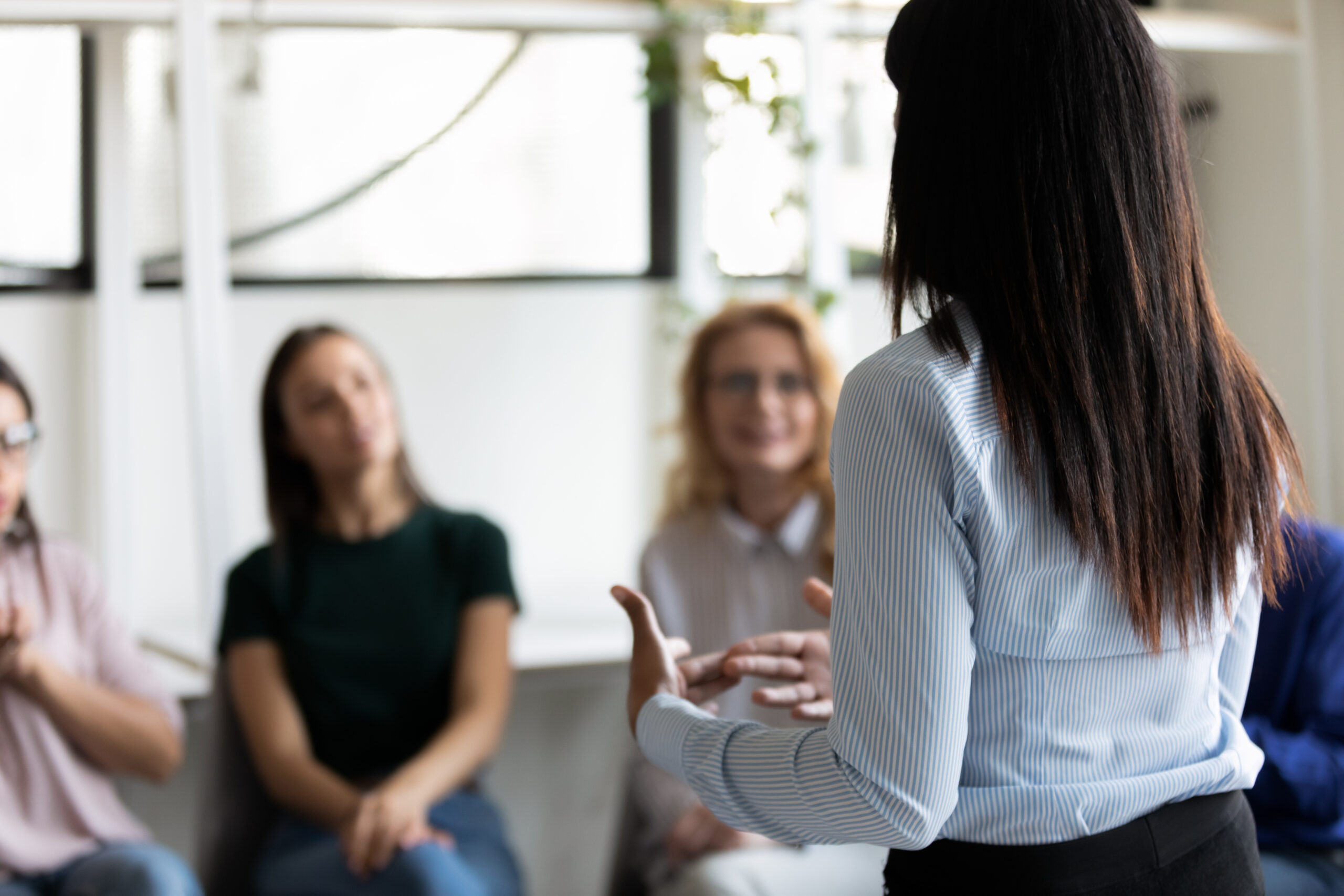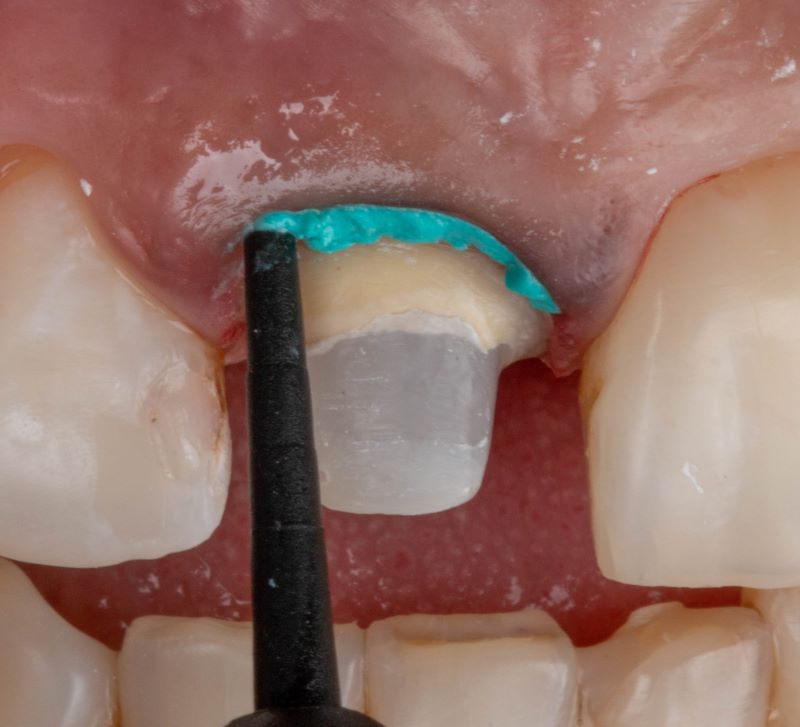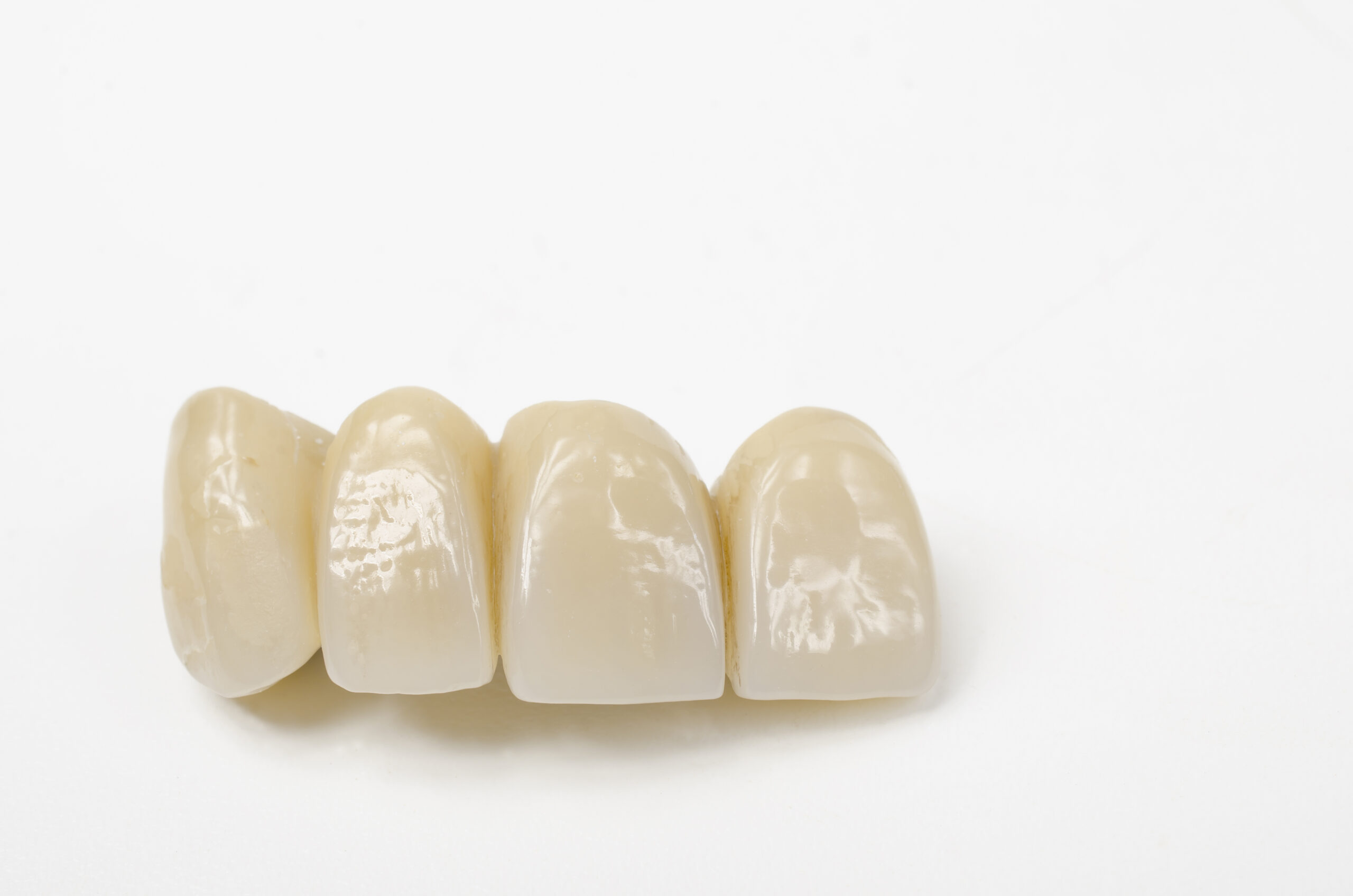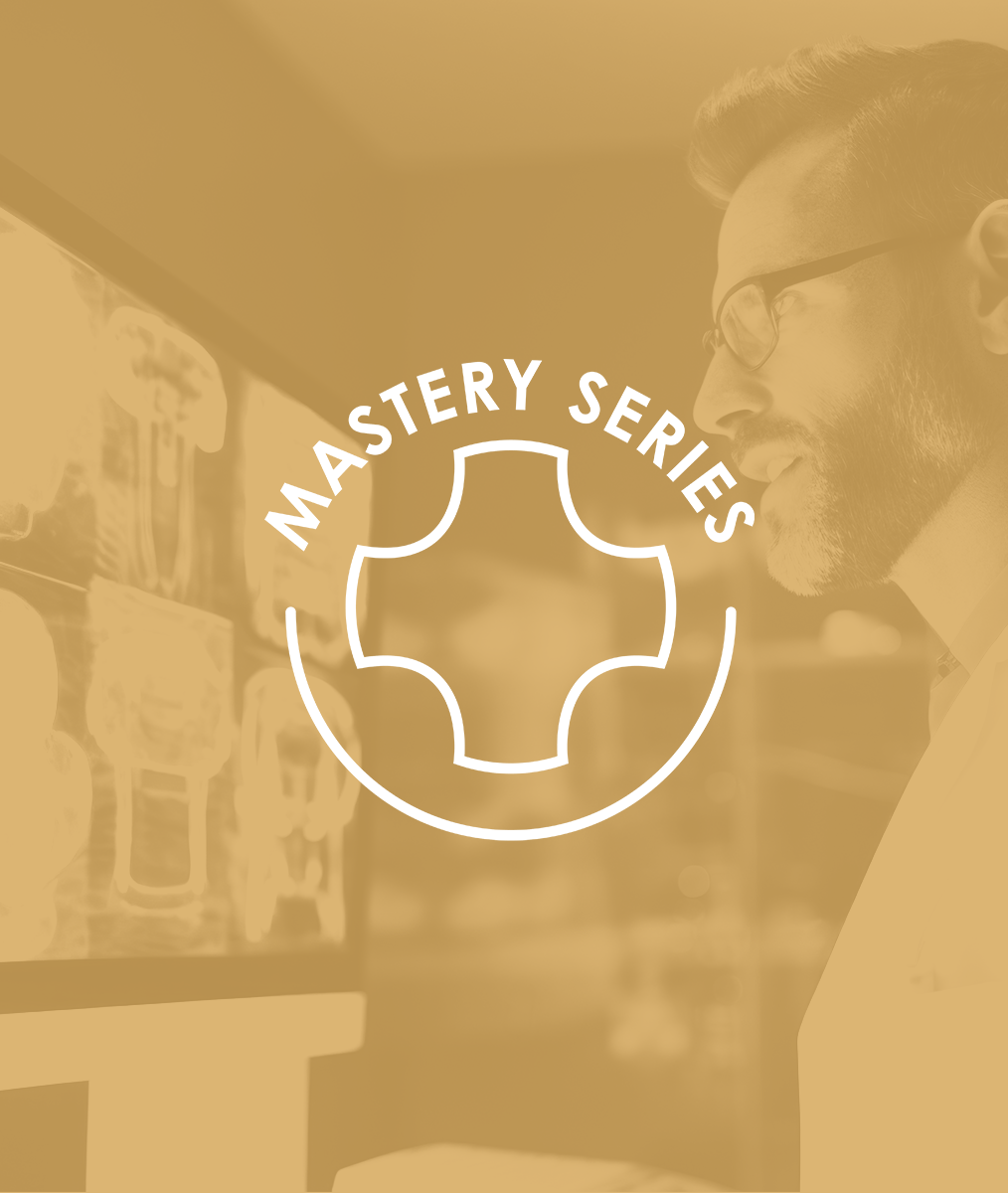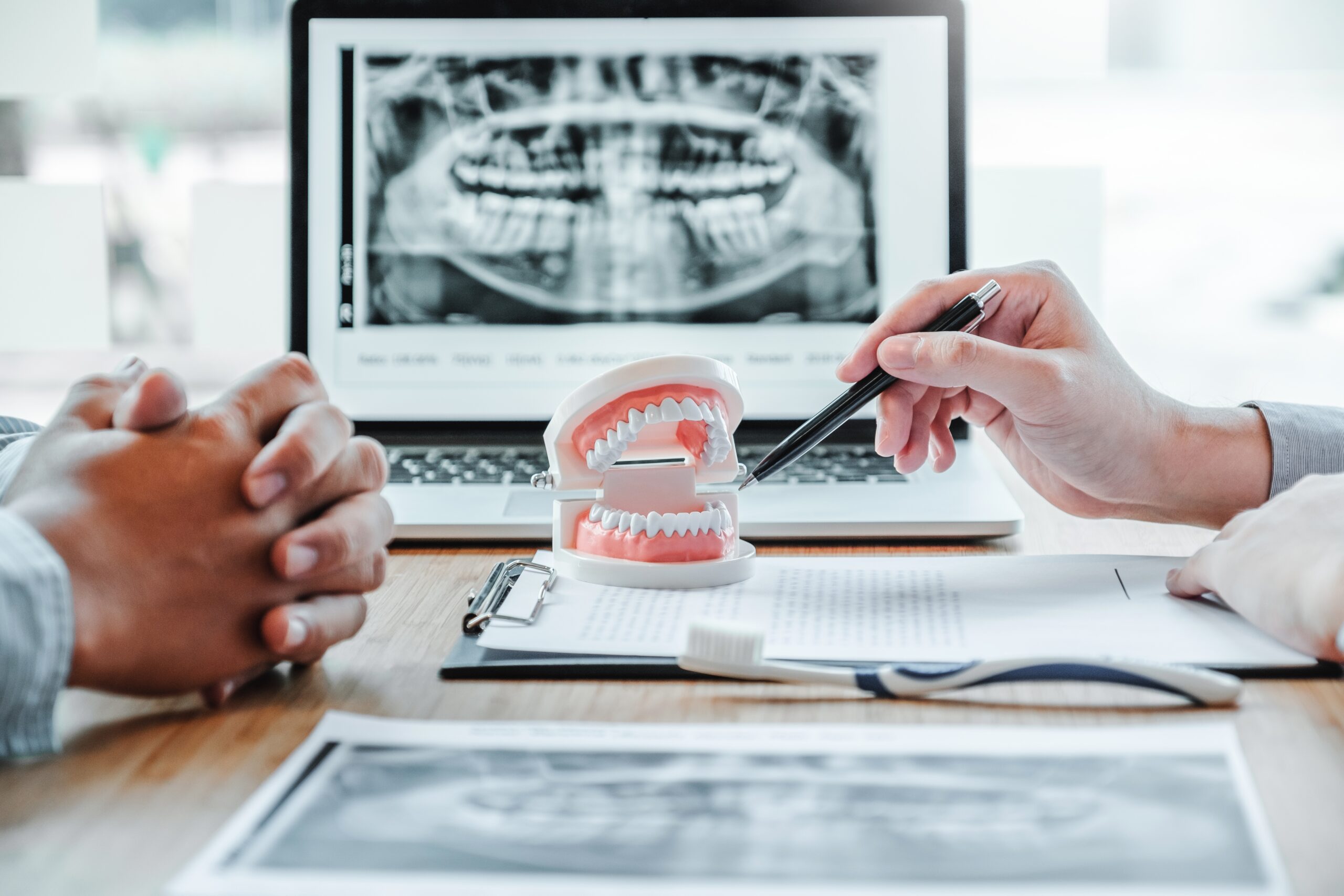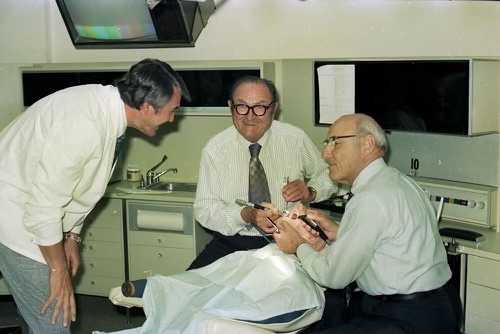Stories About Stories
By Michael (Mike) Rogers, DDS
Close to my office there is a small strip center that includes a realty group and a small church. At one end, there is no sign to show what it is, but it has a drive-through window. Every day there is a significant line of cars going up to that window. Cars line up waiting their turn, and the line is so long the cars snake through the parking lot, out into the street, with hazard lights flashing.
I have a friend who loves to create stories about what is going on in strangers’ lives. Why is someone driving so fast? What meal are they going to create with food in a shopping cart? Why are two people arguing?
Fantasized from some level of observation, my friend has captured what this drive-through is all about. He believes that because the drive-through is adjacent to a church, you can pull up to the window and are given a donut along with a prayer. It’s a small ministry for people to have a better day. That’s not a bad narrative but no real basis for the story. I say that as the line of cars grows longer, the prayers gain power. I get a warm feeling of their impact on others.
I find we make up stories in my office as well. We make them up about why someone didn’t show up for an appointment, why someone didn’t move forward in care that has been advised, or why someone won’t pay a balance. Our tales are based on some level of observation, but they are tales none the less.
I try to remember to look at these moments in three ways.
- What do I know?
- What do I think I know?
- What do I want to know?
We practice this in our office. I encourage my team to not live in “what I think I know.” This state of mind too often leads to creating stories that reflect a judgement. If I hear a team member begin to create a narrative based on a circumstance with the phrase “I think…,” I try to politely make them aware of what they are doing. They most certainly recognize when I do it and politely let me know. I just grin to hide my disappointment in myself. Maybe someday, I’ll say, “thank you.”
In relationship-based practices, we have such marvelous opportunities to help people be healthier. Asking questions about what we’d like to know and sometimes creating self-discovery for the patient as well. We often get repeated moments to connect and learn with each other. The need to make up stories is dissolved when we get to hear their story. Sometimes that story is fun, other times hard. We get to walk along that story with them. What a gift to live a life in that connection!
Recently, a member of the realty group on one end of the strip center came in to see me. I couldn’t resist asking what the line of cars is about. It turns out it is an Ignition Interlock site for people that have had a recent DUI. You go up to the window for your installation time of the small handheld breathalyzer to prevent your car from starting after drinking alcohol.
I haven’t shared that with my friend. I like his story better.
Related Course
Creating Financial Freedom
DATE: March 6 2025 @ 8:00 am - March 8 2025 @ 2:00 pmLocation: The Pankey Institute
CE HOURS: 16
Dentist Tuition: $ 2795
Single Occupancy with Ensuite Private Bath (per night): $ 345
Achieving Financial Freedom is Within Your Reach! Would you like to have less fear, confusion and/or frustration around any aspect of working with money in your life, work, or when…
Learn More>
